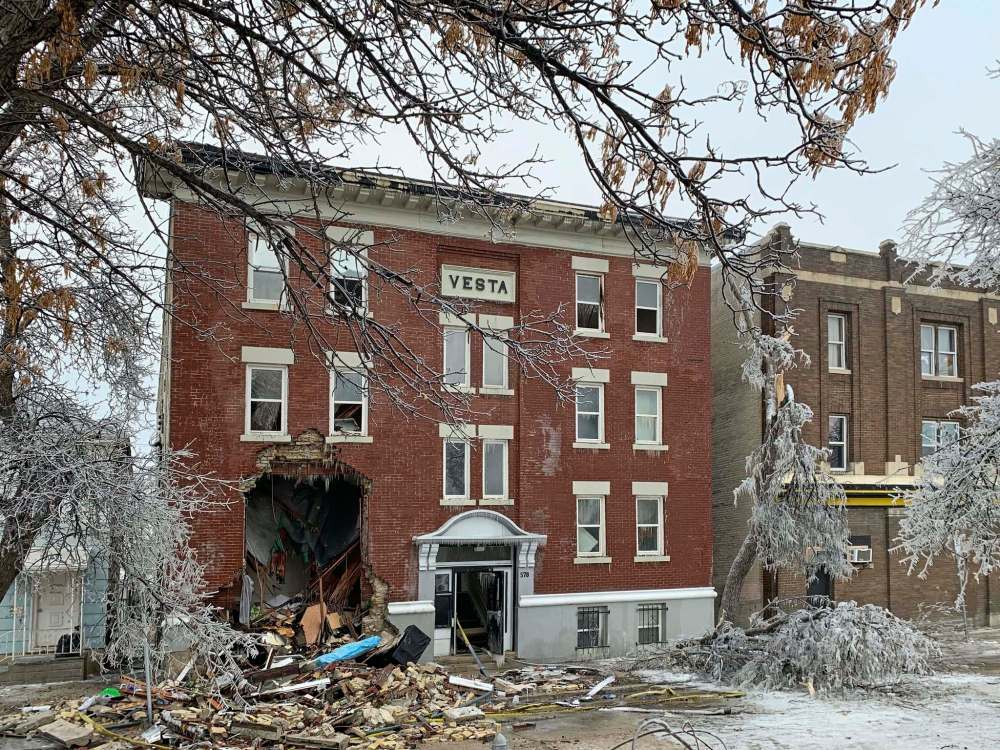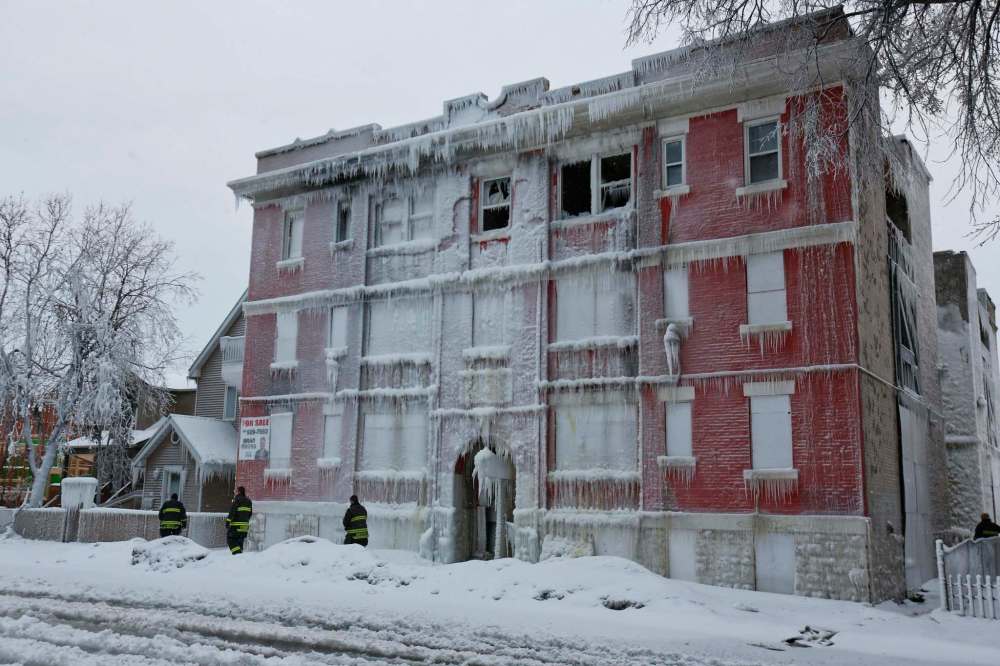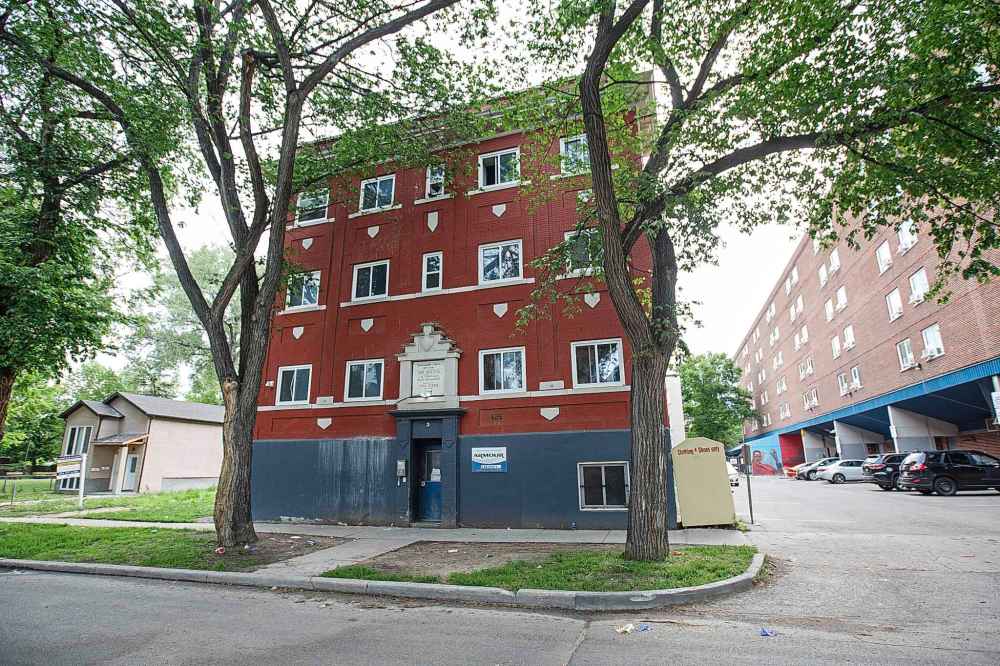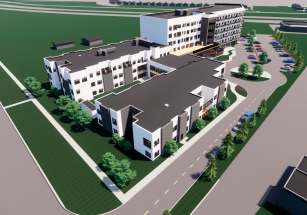Shoebox apartments part of city’s heritage
Read this article for free:
or
Already have an account? Log in here »
To continue reading, please subscribe:
Monthly Digital Subscription
$0 for the first 4 weeks*
- Enjoy unlimited reading on winnipegfreepress.com
- Read the E-Edition, our digital replica newspaper
- Access News Break, our award-winning app
- Play interactive puzzles
*No charge for 4 weeks then price increases to the regular rate of $19.00 plus GST every four weeks. Offer available to new and qualified returning subscribers only. Cancel any time.
Monthly Digital Subscription
$4.75/week*
- Enjoy unlimited reading on winnipegfreepress.com
- Read the E-Edition, our digital replica newspaper
- Access News Break, our award-winning app
- Play interactive puzzles
*Billed as $19 plus GST every four weeks. Cancel any time.
To continue reading, please subscribe:
Add Free Press access to your Brandon Sun subscription for only an additional
$1 for the first 4 weeks*
*Your next subscription payment will increase by $1.00 and you will be charged $16.99 plus GST for four weeks. After four weeks, your payment will increase to $23.99 plus GST every four weeks.
Read unlimited articles for free today:
or
Already have an account? Log in here »
Hey there, time traveller!
This article was published 10/02/2020 (2128 days ago), so information in it may no longer be current.
On Boxing Day, fire raced through an old apartment building on Agnes Street in Winnipeg’s West End. It was demolished the next day to prevent it from collapsing into the street. A few weeks later, and only a few blocks away, a similar apartment on Maryland Street burned to the ground. Last week, yet another West End block was demolished on Toronto Street.
We take them for granted, but the removal of these little apartment buildings represents a significant loss, not only for those who lived in them, but for the city. They are inconspicuous and unassuming, but the shoebox apartment buildings peppered throughout the city’s old neighbourhoods are as characteristically Winnipeg as the famed yellow brick warehouses of the Exchange District.
They are so prevalent because they come from a time in Winnipeg’s history when a young frontier town was exploding into a bustling, urban metropolis.

As Winnipeg’s population skyrocketed at the turn of the last century, the rising cost of housing meant people looked for new options. These familiar little brick apartment blocks filled the need.
Targeting young, middle-class families, the characteristic Winnipeg style was a building of three storeys above a raised basement level. They were typically clad in red brick with cut limestone foundations, containing about 20 suites and pressed into the street grid on two or three residential lots. From 1900 to 1913, hundreds of blocks were constructed in every neighbourhood of the city, including more than 50 in 1911 alone.
These century-old buildings are not only historically important, they play a vital role in the structure of Winnipeg’s mature neighbourhoods today. They fill the critical need for affordable, good quality housing, and help to promote a neighbourhood diversity that builds healthy, walkable communities with strong social and economic networks.
They are also important contributors to neighbourhood density. The lost building at 578 Agnes St., as an example, had 20 medium-rent suites, housing 25 people on a lot size typical of one suburban home, 50 by 100 feet.
It is not a coincidence that the neighbourhoods with the highest number of little apartment buildings, such as the West End and Fort Rouge, are the same ones that have the density and diversity most able to support local sidewalk services, restaurants and shops. By supporting this fine-grained neighbourhood economy, important small business and entrepreneurship opportunities are created for residents of inner-city communities.
Sadly, when an old apartment building is lost, it cannot be replaced. The high cost of new construction prohibits the affordable rents that older buildings can offer, and modern zoning requirements do not permit their re-construction. The three recently demolished buildings all had densities that are higher than allowed today, were built to the property lines without required setbacks, and none had on-site parking.
Today, residential buildings in most mature neighbourhoods require 1.2 parking stalls for every home (1.5 in other areas).

Looking at the building on Agnes Street as a precedent, because it’s not on a major route, current zoning dictates it can only be replaced with a single duplex, meaning the site will go from supporting 20 units to two. If a developer took the significant time, risk and expense to rezone the property to allow a multi-family building, 20 units would still be twice the density permitted.
Without variances, setbacks of 25 feet at the front, 20 feet at the back and eight feet on each side would be required, on a lot only measuring 50 by 100 feet. If 20 suites could still fit, the building would require 24 parking stalls, which would be a surface lot twice as large as the property itself.
Zoning regulations are in place to ensure development compatibility, but they make most of Winnipeg’s mature neighbourhoods functionally illegal. Not only would apartments be difficult to re-create, even most old houses do not meet zoning requirements such as maximum lot coverage and setbacks. If Wolseley or West Broadway vanished, they could not be rebuilt.
Planning policy professes to support dense and diverse neighbourhoods, but modern suburb design demonstrates that zoning regulations want to make them homogenous and compartmentalized, and they really want us to have lots of places for cars. Mature neighbourhoods grew over time without regulations and before vehicles, so they naturally located commercial uses within short walking distances of residential customers.
Varying residential densities, such as houses, row-houses and apartments, are commonly integrated within neighbourhoods, even sitting next to each other on a single street. Many pre-war apartment buildings are located at local street intersections or even on mid-block sites, with single-family houses on either side. Modern zoning, in contrast, promotes segregating uses and densities — retail and services here, houses over there, apartments grouped together on big lots, beside major streets over there.
A barber shop or corner store is no longer allowed, and even if they were, parking requirements result in lowering the densities and walkable urban form needed to support them.
Many cities are working to change policies to allow higher-density development such as small apartment buildings. Edmonton, for example, is about to eliminate residential minimum parking requirements everywhere in the city. If a developer believes units can be rented without parking, there will be no requirement to build it.

Until our zoning policy affords new suburbs the ability to more closely re-create mature neighbourhoods, and gives mature neighbourhoods the ability to recreate themselves, we should appreciate and work to protect Winnipeg’s little shoebox apartment buildings. They are a unique part of the city’s history and are an important neighbourhood building block.
When these buildings are lost, they can’t be replaced, and the density, diversity and affordability that supports socially connected, commercially vibrant and walkable neighbourhoods is lost with them.
Brent Bellamy is creative director at Number Ten Architectural Group.

Brent Bellamy is senior design architect for Number Ten Architectural Group.
Our newsroom depends on a growing audience of readers to power our journalism. If you are not a paid reader, please consider becoming a subscriber.
Our newsroom depends on its audience of readers to power our journalism. Thank you for your support.









